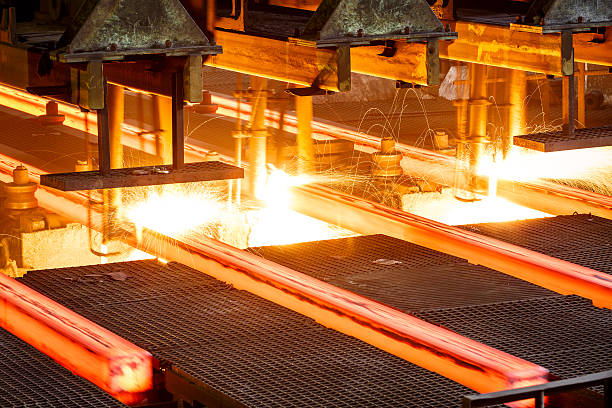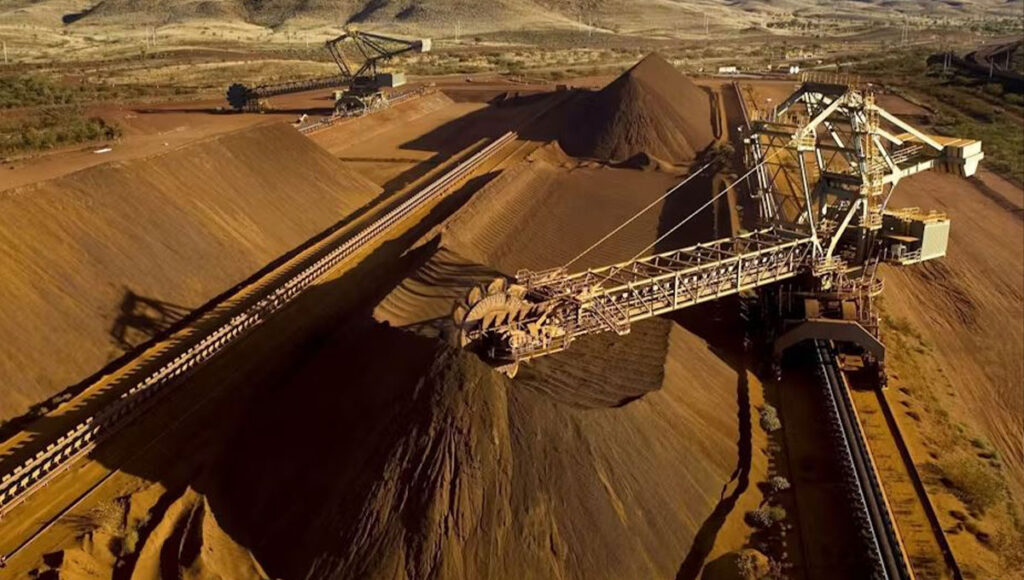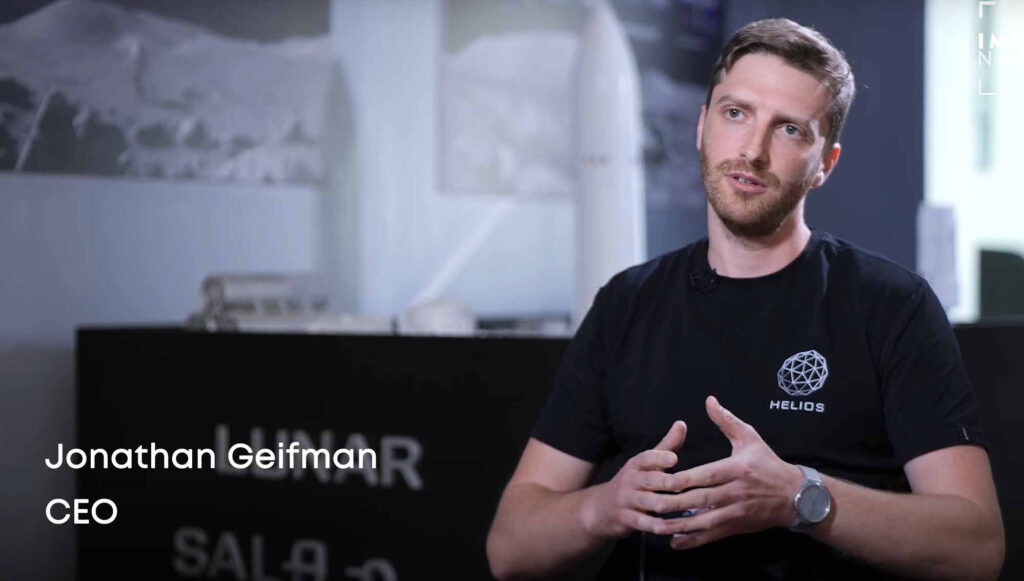
Unlocking Regulatory and Financial Opportunities for the Iron and Steel Sector: The Case for Helios Green Iron in Sustainable Steel Production
Helios Green Iron (HGI™) produced using the Helios’ ironmaking technology – the “Helios Cycle™”, stands at the forefront of a transformative era in the iron and steel industry, driven by the imperative to decarbonize and align with stringent EU climate policies and global carbon market initiatives. This article explores how HGI™ not only meets regulatory requirements but also enhances profitability and sustainability across the sector.
Helios Green Iron: Pioneering Sustainable Innovation
The iron and steel industry is a major contributor to global greenhouse gas emissions, accounting for approximately 8% of total emissions. As governments and industries worldwide commit to net-zero targets by mid-century, the pressure to innovate and adopt sustainable practices intensifies.
Enter the Helios Cycle™, a pioneering technology poised to revolutionize iron and steel production. The Helios Cycle™ emits zero direct emissions, offering superior advantages not only compared to traditional methods but also compared to other innovative low-emission iron technologies.
Navigating Regulatory Landscapes in the EU: the EU ETS, the CBAM, and the EU Taxonomy
At the forefront of the European Union’s climate strategy are two complementary carbon pricing mechanisms – the EU Emissions Trading System (EU ETS) and the Carbon Border Adjustment Mechanism (CBAM). The EU ETS is a cap-and-trade system covering over 10,000 installations in the European Union, including iron and steel production plants. Recent developments in the EU ETS mechanism have been leading to an increase in the demand, particularly within the iron and steel sector, for EU ETS allowances, which grant their holder the right to emit one ton of carbon dioxide equivalent. Expected to increase demand, and in turn pricing, even further, is the scheduled phase-out of EU ETS free allowances starting in 2026 until full phase-out in 2034.
In order to combat the risk of carbon leakage resulting from the EU ETS, namely the risk of European companies relocating their carbon-intensive production processes from within the borders of the European Union to avoid paying a carbon price, the CBAM imposes a carbon price on imported goods, including iron and steel. Effectively, due to the combination of the EU ETS and the CBAM, starting 2034 the only way to avoid paying a carbon price for iron and steel products brought into the European market will be to avoid carbon emissions altogether. HGI™ thrives in this increasingly carbon-conscious market, enabling steel manufacturers that purchase HGI™ to avoid the iron-making stage of their production process and avoid paying a carbon price, or alternatively providing advantages for iron and steel manufacturers integrating the Helios Cycle™ in their own production process.
Another regulatory framework central to the EU’s climate strategy is the EU Taxonomy for Sustainable Activities (the EU Taxonomy), which sets criteria for economic activities that contribute to predetermined environmental objectives. Its purpose is to deter greenwashing and assist investors in making knowledgeable decisions regarding sustainable investments. HGI™ can facilitate alignment of iron and steel manufacturers with the EU Taxonomy, thanks to its decarbonized production process. Considering the growing interest in EU Taxonomy alignment, which must be reported by real and financial corporations under mandatory reporting frameworks and which is also increasingly being disclosed voluntarily by multinational corporations in the steel manufacturing and automotive industries, HGI™ offers iron and steel manufacturers a pathway to enhance their environmental credentials and attract sustainable finance and investments, differentiating themselves as leaders in sustainable production practices.
From Verified Emission Reductions to Tradable Carbon Credits and Carbon Offsets
Beyond its advantages within the regulatory landscape, HGI™ unlocks opportunities within the Voluntary Carbon Market (VCM), which allows individuals and organizations to offset their carbon footprint on a voluntary basis. Global demand for Voluntary Carbon Credits (VCCs) is projected to increase significantly as we near 2030 and onto 2050, and the VCM is drawing particular interest in the iron and steel sector, due to the sector’s significant contribution to global emissions, combined with the sector’s unique decarbonization challenges.
Specific methodologies for the generation of VCCs suitable for the iron and steel sector have been recognized in the past. Following in the footsteps of recently submitted methodologies designed specifically for innovative low-emission production methods in such hard-to-abate sectors such as the cement sector, thus, a tailored methodology based on the Helios Cycle™ can be developed, which in turn will create a new revenue stream for manufacturers.
VCCs generated based on the Helios Cycle™ can potentially be further leveraged due to the increasing convergence between voluntary and compliance emissions trading frameworks. In this respect, a growing number of domestic compliance markets around the world are setting criteria to allow for the use of VCCs by regulated entities to compensate for a certain portion of their emissions. Additionally, VCCs can potentially be traded under Article 6 of the Paris Agreement to the United Nations Convention on Climate Change (UNFCCC), which establishes a bilateral trading (Article 6.2) and a market mechanism (Article 6.4) for international carbon trading, facilitating the trading of eligible VCCs by both nations and private corporations. Similarly, VCCs can potentially be traded under the mandatory aviation sector scheme – CORSIA.
From Verified Emission Reductions to Tradable Carbon Credits and Carbon Offsets
Corporations today face increasing pressure through mandatory regulation and value chain stakeholders such as lenders, investors, customers, and suppliers, not only to reduce their direct emissions as described above but also to reduce indirect emissions in their value chain, namely scope 3 emissions. By integrating HGI™ as decarbonized feedstock in their operations, steel manufacturers and companies using steel as feedstock achieve not only comparable scope 3 emission reductions, but alignment with international sustainability standards and reporting requirements as well.
Moreover, when HGI™ production takes place in proximity to iron ore mines, a significant reduction of transport-related emissions can be achieved, constituting a further reduction in scope 3 emissions.
Conclusion: Embracing a Sustainable and Profitable Future with Helios Green Iron
In conclusion, HGI™ represents a transformative leap forward for the iron and steel industry, offering a blend of environmental responsibility and economic opportunity. By utilizing HGI™ as feedstock, or adopting the Helios Cycle™a in internal production processes, not only can iron and steel manufacturers face the current regulatory challenges and capitalize on the existing market opportunities, but also prepare for the challenges and opportunities of tomorrow, while leading the transition towards a decarbonized economy.
Select references
- Directive 2003/87/EC of the European Parliament, 13 October 2003 (the ETS Directive)
- Regulation 2023/956 of the European Parliament, 10 May 2023 (the CBAM Regulation)
- Regulation 2020/852 of the European Parliament, 18 June 2020 (the EU Taxonomy Regulation)
- “Voluntary Carbon Markets: a Critical Piece of the Net Zero Puzzle”, Citi GPS, July 2023
- “The Critical Steps to Decarbonizing Hard-to-Abate Industries: a Guide for Heavy Industry on Reducing Carbon Emissions”, Oliver Wyman, November 2023
- The Voluntary Carbon Market Explained – Chapter 3″, Climate Focus November 2023
- ” Addressing Scope 3 – How Insetting can Be Scaled to Tackle Supply Chain Emissions”, International Platform for Insetting




